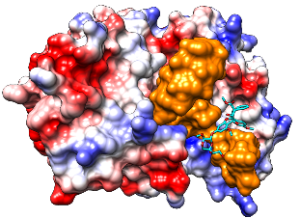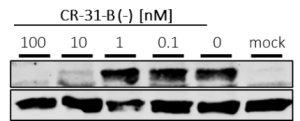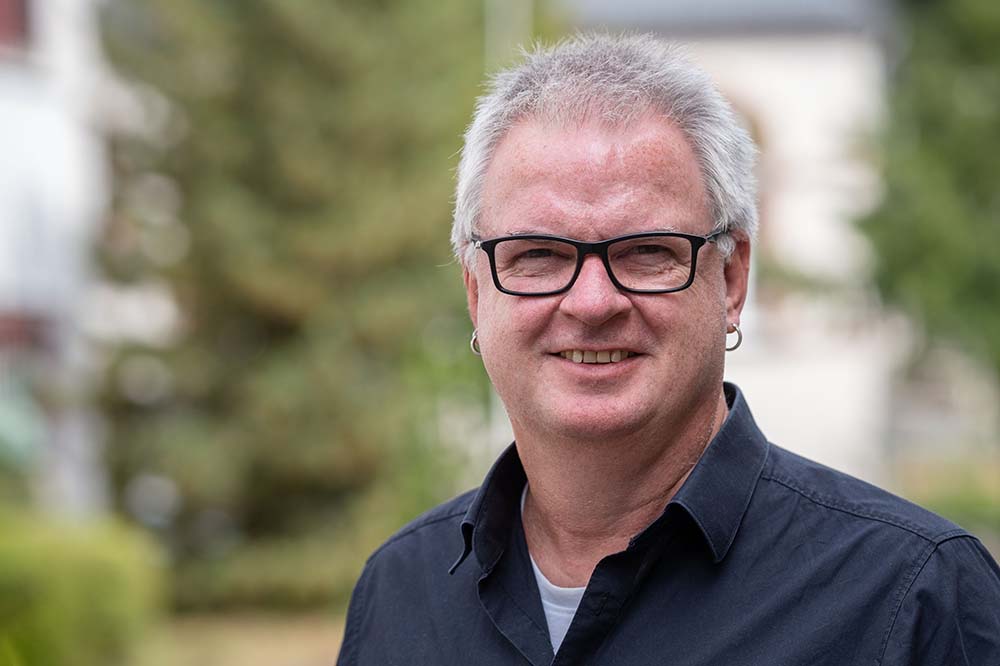A2: Development of eIF4A inhibitors as drug candidates and characterization of eIF4A-variants in Pathogens
Prof. Dr. Arnold Grünweller
Philipps-Universität Marburg
Bau C
Marbacher Weg 6
35032 Marburg
Tel.: +49 (0)6421-2825849
Fax: +49 (0)6421-28 25854
E-Mail: arnold.gruenweller(at)staff.uni-marburg(dot)de
Project description
The cellular RNA helicase eIF4A is an excellent target for the development of broad-spectrum antivirals. During initiation of viral protein synthesis, many viruses, especially corona viruses, rely on this enzyme, which can efficiently and specifically be inhibited by rocaglates. In project A2, we would like to further develop rocaglates for potential clinical trials by e.g. nebulizing these compounds for local application into the respiratory tract and by creating a detailed side effect profile. In addition, new eIF4A inhibitors will be screened and characterized. The systematic mutagenesis of known coronavirus sequences should allow a prediction of rocaglate sensitivity in newly emerging coronaviruses. Finally, the therapeutic relevance of rocaglates in different DRUID-relevant pathogens expressing eIF4A variants will be investigated.
![]()


RNA clamping onto the surface of eIF4A by the rocaglate Silvestrol and evidence of inhibition of (corona)viral protein synthesis by the rocaglate CR-31-B (-).
Scientific goal:
Rocaglates will be further developed for their testing in clinical trials and the possibility to predict rocaglate sensitivity in emerging corona viruses and other DRUID-relevant pathogens will be evaluated.
DRUID Collaboration partners:
B2 Ziebuhr lab, B4 Grevelding lab, B5 Schlitzer lab, C6 Häberlein lab, D1 Friebertshäuser/Steinmetzer lab, D3 van Zandbergen lab, D4 Hermosilla/Mazurek/Taubert lab, E4 Spengler lab, E6 Schiffmann lab
References A2: 1.*Biedenkopf et al., (2017), Antiviral Res. 137: 76-81; 2. *Müller et al., (2018), Antiviral Res. 150:123-129; 3. *Elgner et al., (2018), Viruses. 10(4): 149; 4. *Glitscher et al., (2018), Viruses. 10(6): 301; 5. *Henß et al., (2018), Viruses. 10(11): 592; 6. *Müller et al., (2020), Antiviral Res. 175:104706; *7. *Müller et al., (2021), Antiviral Res. 186: 105012; 8. *Blum et al., (2020), J Cell Mol Med. 24(12): 6988-6999; [*own publications].

